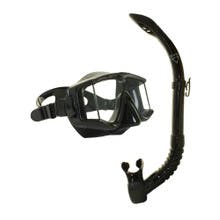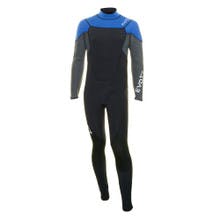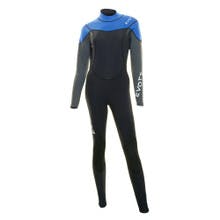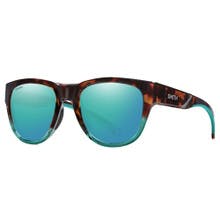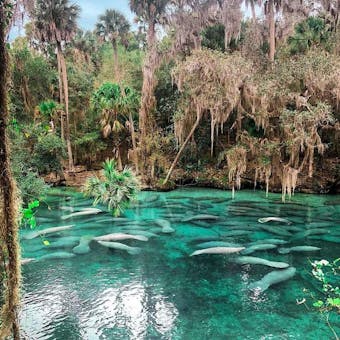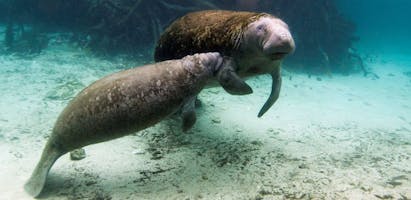Like we mentioned earlier, humans are the biggest threat to the manatee population. So, knowing the manatee population is making its way south, how can we exhibit mindful behavior to help prevent harmful incidents to manatees?
1. One quick and easy step you can take to keep manatees safe this winter is by wearing polarized sunglasses. Polarized sunglasses help to cut any glare from the water. So when you’re out boating or kayaking or paddleboarding, you’ll be able to better see their little snouts poke just above the surface and their large, dark shadows moving slowly just beneath the water.
2. Once you can see the manatees, you may get excited. It’s really cool to see wild marine life, we get it! But be sure to keep a respectful distance from these, and other, animals. When you’re out and about, you prefer that strangers respect your space and don’t touch you, right? So show that same respect around wild animals. Keep a distance and never ever touch the animals unless there is an emergency.
*It is also recommended to call this Wildlife Alert Hotline at (888) 404-3922, #FWC, or *FWC from your cell phone if you see a manatee that’s sick, injured, dead, or tagged.




